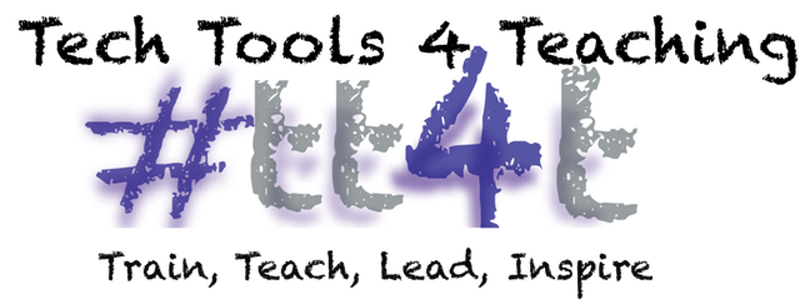Connecting is common place for students today. Students connect to people everyday via social media, gaming, and YouTube Why not tap these connectivity tools for your classroom. Globalizing your classroom is beneficial because it allows you access to experts, raise multicultural awareness, give students an authentic audience, provide opportunities for cooperative learning, and create a magical classroom environment.
Let’s look at five benefits to the global classroom.
1. Expertise
Let’s face it, we all can’t know everything. In these days of tightening budgets, field trips may not be an option. A perfect solution is to bring the experts and experiences to your classroom. Allowing students to connect with experts not only allows them to hear what they have to say, but to be inquisitive and ask questions. Whether you participate in a Mystery Skype, explore a museum by a virtual field trip, join a global project, or bring in an expert to your students via a Google Hangout, you will see direct educational benefits from the learning from their experiences.
2. Multicultural Awareness
The second best thing to traveling to a new country is connecting with a country via a video conference. Having a class discussion with two classrooms in different countries increases student perspective and allows all students to gain new insight. While literature and videos are great ways to learn about new cultures and different languages, there is no replacement for face time with individuals actually living a different culture and speaking a different language. In addition, students gain a global perspective, understand time zones, can identify cities and countries around the world, and enjoy a first hand learning experience. Connected teachers often hang a world map in their rooms and track their hangouts with thumbtacks. This map becomes a great talking point, is a visual reminder of their experiences, and an excellent way to keep track of all the connections made throughout the school year.
3. Authentic Audience
What is the value of an audience beyond the classroom teacher? Motivation! I have witnessed students blossom into incredible readers and writers with an authentic audience waiting to read and comment on their work. Globalizing your classroom with blogging is powerful. Suddenly, not only does writing matter, but word choice and grammar do too. Our students have enjoyed being partnered with sister blogging classrooms. With blogging partners, classrooms takes turns in the blogging and commenting process. One day your classroom adds comments, and the next day you write blog posts! It is incredibly validating for writers to receive meaningful comments from around the world. An easy way to start blogging with students it to use http://www.kidblog.org . Amplify your student work and join with other blogging classrooms using the hashtag #comments4kids on Twitter.
4.Cooperative Learning and Collaboration
Global classrooms foster cooperative learning experiences for students. One such global classroom idea is Mystery Skype / Hangout. Students participate in a class challenge to determine the location of the other classroom. Mystery Skype is global geography game. By asking a series of yes/no questions, students narrow the location of the mystery classroom. The first classroom to guess correctly wins! This activity taps into deductive reasoning skills, collaboration, and previous geography knowledge. The students gain confidence in their mapping, geography, and questioning skills as they partake in more and more of these activities. You can read more about Mystery Skype in a previous blog post here.
5. Curious and Magical Classroom Environments
The ARCS model of technology integration says “lessons should increase students’ focus by using novel, surprising and out of the ordinary and uncertain events. Effective techniques should stimulate a sense of wonder and maintain interest.” The global classroom provides daily opportunities that raise curiosity and create magical learning moments. One magical moment was when two high school Spanish classes connected for genuine Spanish speaking practice. As the other students appeared on the screen, it was as if a UFO landed in front of the classroom. They were glued to the new people on the screen. Students fired off questions in Spanish and began a dialogue back and forth. They were curious to learn more about each other. This created an authentic speaking environment with a classroom over 1500 miles away. Suddenly grammar and vocabulary mattered. It is important to have global learning activities on the calendar so students can look forward to the next time they travel outside the classroom walls and connect with others.
Globalizing the classroom gives your students access to the world’s expertise, an raises multicultural awareness, provides an authentic audience, allows for cooperative learning opportunities, and a creates magical learning environments.
Challenge yourself to participate in one global learning project this year. Use these resources as a springboard to connecting your classroom globally.
- Join a Google Community such as Connected Classroom
- Participate in a Global Project such as K-6 Classroom Projects by Jen Wagner or the Global Read Aloud
- Connect to other global educators via Twitter by following these hashtags: #mysteryskypeclassroom #mysteryhangout #gbl15
Let's celebrate global classroom success stories. Share your global classroom experiences by adding a comment to this post.
Written by Ann Feldmann
@annfeldmann1


